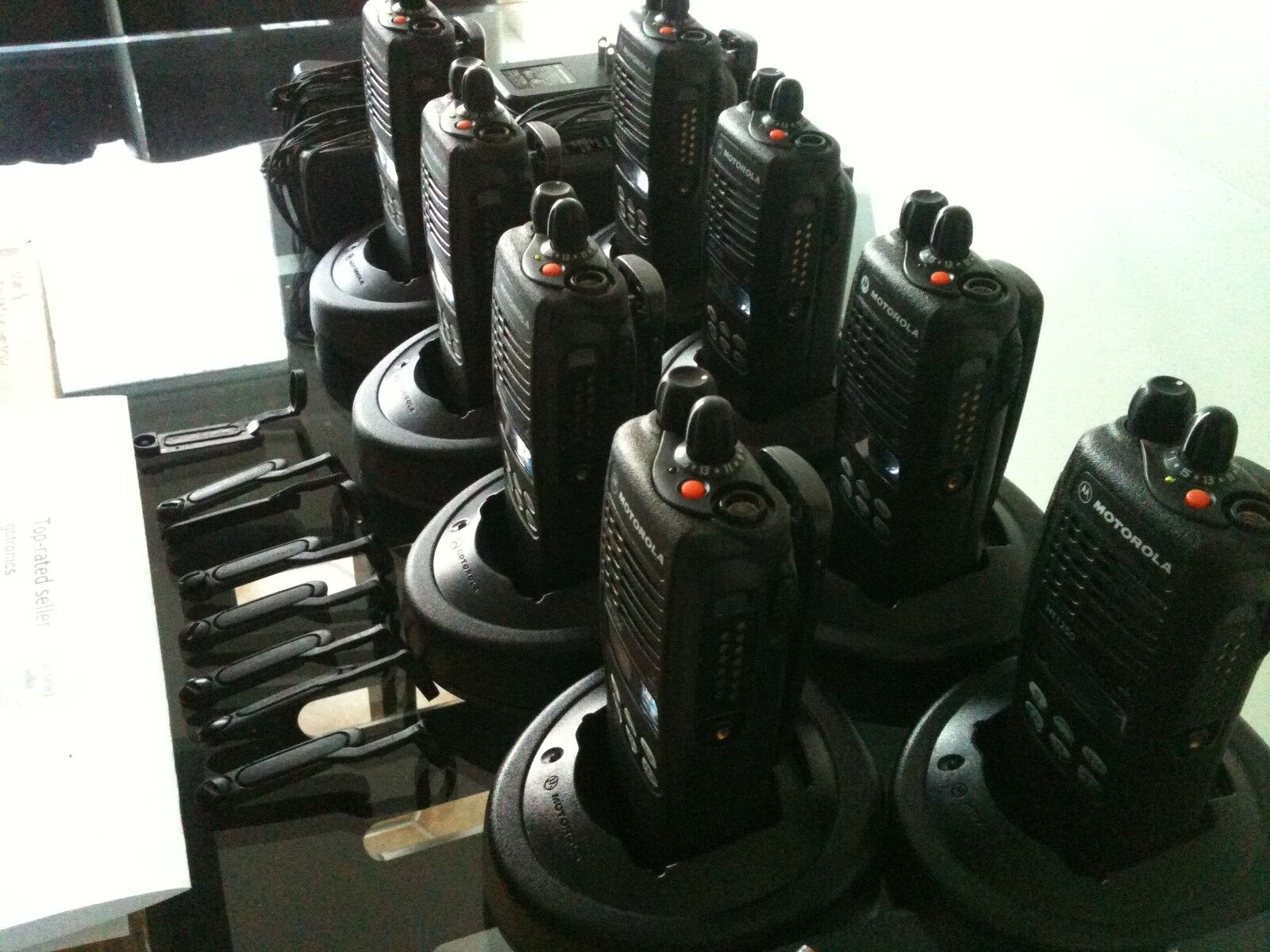Walkie-talkies, also known as two-way radios, are handheld transceivers used for communication over short to moderate distances. These devices are popular for a variety of applications, including outdoor adventures, security operations, event coordination, and emergency services. The maximum range for a walkie-talkie can vary significantly based on the model and environmental conditions. High-end models designed for professional use can reach up to 50 miles under optimal conditions, though most consumer-grade devices typically offer a range between 1 to 5 miles.
The range of a walkie-talkie, or the maximum distance over which it can communicate effectively, is a crucial factor that influences its usability and effectiveness in different scenarios. Understanding the range capabilities and the factors affecting it can help users choose the right walkie-talkie for their needs.
The maximum range of walkie-talkies varies significantly based on several factors, including the power output of the device, the frequency band it operates on, environmental conditions, and physical obstructions. Manufacturers often advertise ranges that can be achieved under ideal conditions, which are rarely met in real-world scenarios. Therefore, it’s essential to consider these factors when evaluating the range of walkie-talkies.
Contents
Power Output:
The power output of a walkie-talkie is typically measured in watts. Higher power output generally translates to a longer communication range. Consumer-grade walkie-talkies usually have power outputs ranging from 0.5 to 5 watts. Professional models may offer higher outputs, enhancing their range and performance. For instance, a 5-watt walkie-talkie can typically achieve a longer range than a 0.5-watt model, especially in open areas without obstructions.
Frequency Band:
Walkie-talkies operate on different frequency bands, primarily Very High Frequency (VHF) and Ultra High Frequency (UHF). VHF walkie-talkies, operating between 30 MHz and 300 MHz, are better suited for open outdoor areas with minimal obstructions. They can achieve longer ranges in these conditions due to their ability to travel further before signal degradation occurs. UHF walkie-talkies, on the other hand, operate between 300 MHz and 3 GHz. They are more effective in urban environments or areas with many obstacles, such as buildings and trees, because their signals can penetrate these obstructions more effectively.
Environmental Conditions:
The environment plays a significant role in determining the actual range of a walkie-talkie. Open areas with minimal obstructions, such as flat terrains or bodies of water, allow for maximum range. Conversely, dense urban environments, forests, and mountainous regions can significantly reduce the effective range due to physical barriers that block or reflect radio signals. Weather conditions, such as rain or fog, can also impact the range, although their effects are generally less significant compared to physical obstructions.
Line of Sight:
Walkie-talkies communicate most effectively when there is a clear line of sight between the transmitting and receiving units. This means that the fewer obstacles between the two devices, the better the communication range. For instance, in an open field, walkie-talkies can achieve their maximum advertised range. However, in a city with numerous buildings or in a forest with dense foliage, the range can be drastically reduced.
Antenna Quality:
The quality and type of the antenna on a walkie-talkie can also affect its range. High-gain antennas can enhance the device’s ability to transmit and receive signals over longer distances. Some walkie-talkies come with detachable antennas, allowing users to upgrade to better ones if needed.
Terrain and Topography:
The terrain over which the signals must travel also affects the range. Hilly or mountainous terrains can block signals and reduce the effective range, while flat and open areas can facilitate longer distances. Additionally, signals can reflect off surfaces such as buildings and mountains, which might either help by extending the range through reflection or hinder it by causing interference and signal degradation.
Battery Life:
The battery life of a walkie-talkie can indirectly affect its range. A fully charged battery ensures that the device operates at its maximum power output, whereas a depleted battery might result in reduced transmission power and thus a shorter range. Users should ensure their walkie-talkies are fully charged before use, especially when maximum range is needed.
When considering specific models, some high-end consumer and professional walkie-talkies boast ranges of up to 50 miles or more under ideal conditions. However, practical ranges in real-world scenarios are often much shorter. For example, in urban settings with numerous buildings and obstructions, the effective range might be reduced to a few miles.
In summary, the longest range for a walkie-talkie depends on various factors including power output, frequency band, environmental conditions, line of sight, antenna quality, terrain, and battery life. While manufacturers may advertise impressive ranges, users should adjust their expectations based on real-world conditions. By understanding these factors, users can select walkie-talkies that meet their specific needs and ensure reliable communication over the required distances.
